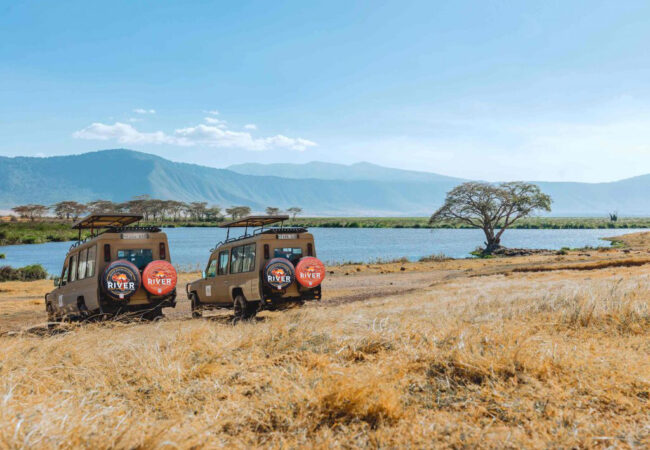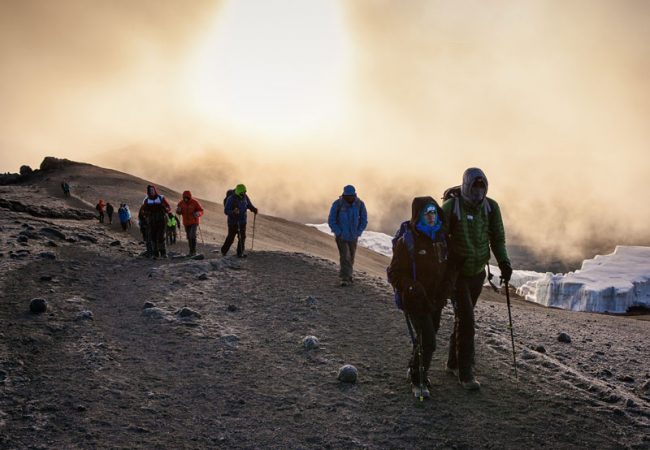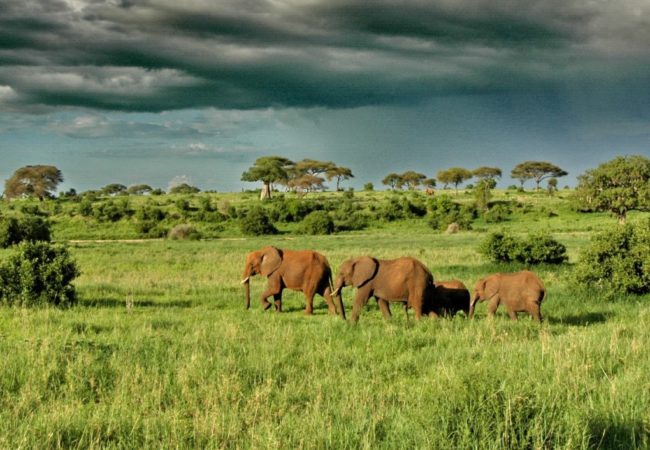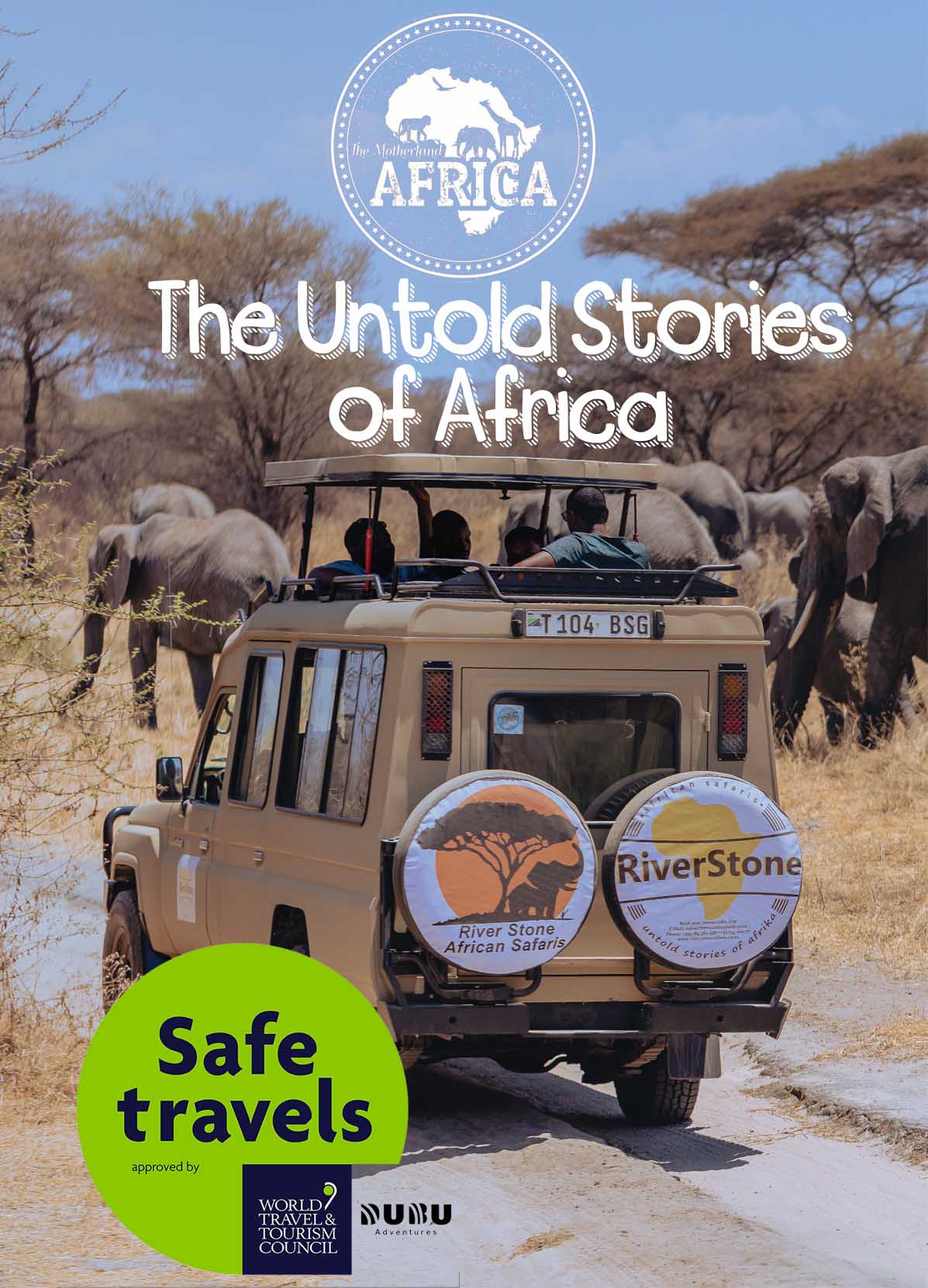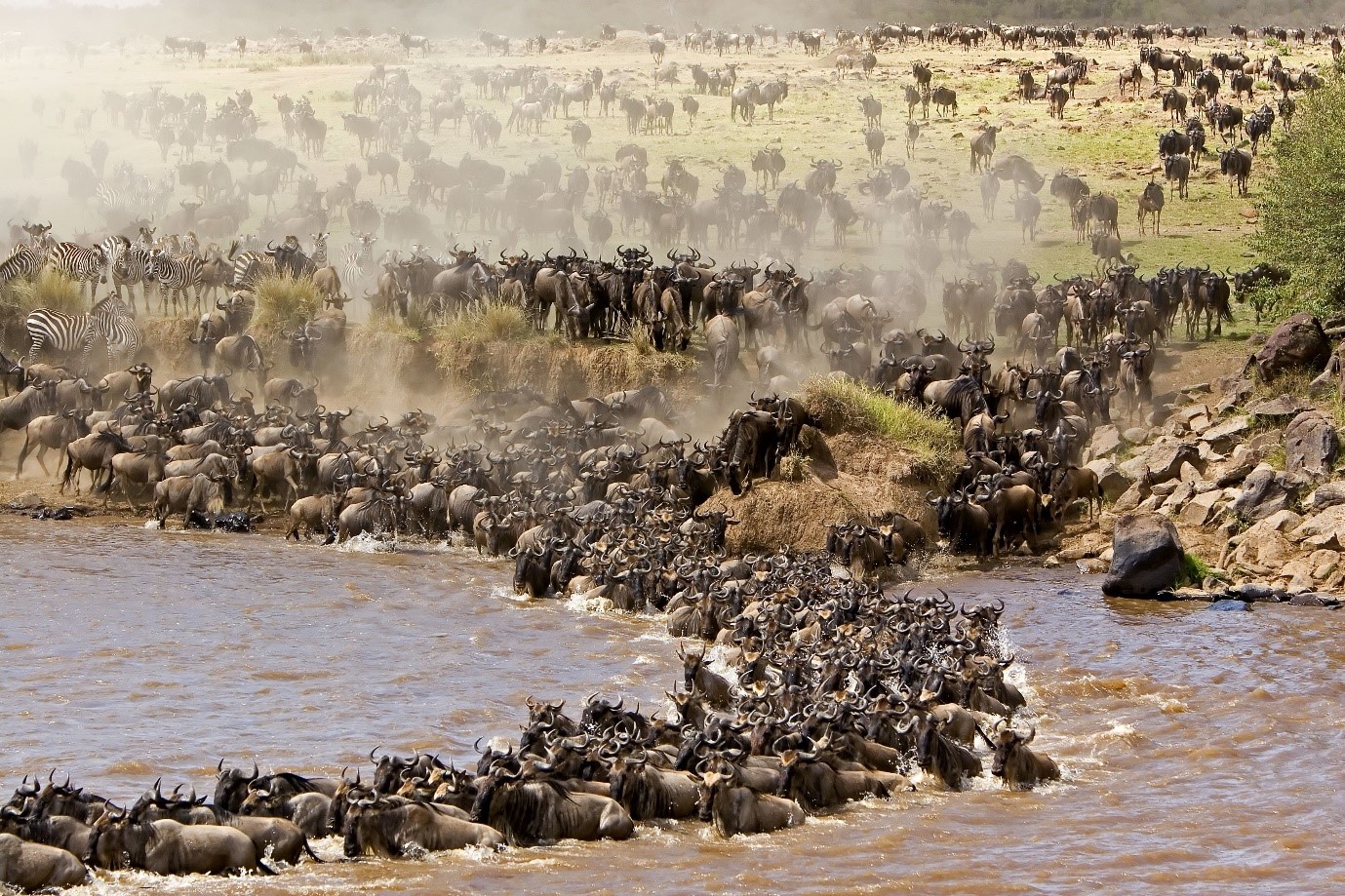
Tanzania Safari Follows The Serengeti’s Great Migration – How You Will Rate It?
With a rich wildlife Tanzania is famous for the Great migration safari, the largest game show of Tanzania’s ecosystem. The great Serengeti Wildebeest Migration moves around the Serengeti area while the predators watch to kill the prey for survival.
Often owed as the world’s significant wildlife spectacle, the Great Wildebeest Migration takes place annually across the plains of East Africa. But here one question arises, how we will rate it after an epic Tanzania Safari Tours following the Serengeti’s Great Migration?
First Day On Safari: Slow Gnus Day
You can see there are scattered bones and fleshes on the ground of Serengeti. Vultures and other carnivorous were drifting over the sky for the flesh.
It seems like “the last night party of predators was amazing”. Some bones are totally clean as there was no flesh or blood over it. Some bones are lying dirty with the flesh on the ground.
On the morning, there are still some night hunters like jackals and hyenas are hopping around to enjoy the remained party before going for a solid nap.
This is the time to watch the great migration of 1.5 million wildebeest and 2, 50,000 zebras.
- Second Day On Safari: Hot-Air Balloon Over The Serengeti
A Hot-Air Balloon Safari over the Serengeti shows you the spectacular view of delightful nature with wildlife diversity.You should experience once Hot Air Balloon safari in your life.
Drifting over the green savannah plain of Serengeti to watch the wildlife activities can make your experience memorable. On the second day,you can enjoy the view of wildebeests and zebras from the sky which looks like ants.
You can see the busy areas because of the great migration. There is a limit to carry 16 adult members in a hot air balloon where children less than 5 years old are not allowed.
The advantage you will get is to watch the wildlife of restricted areas where safari vehicles are not allowed. You can watch the entire ecosystem of Serengeti area while drifting on the air. You will get landscape varieties like bush lands and grasslands of savannah. With a green land, you will see each and every activity of different animals from the air.
- Third Day On Safari: Cheetahs Hunting On The Serengeti Plains
On the third day of safari, you will get the live hunting of cheetah, the fastest mammal and predator on the earth. With dust on the ground, there are many wildebeest and zebras grazing on the Serengeti. At the same time, the lions with other predators watch them for the food.
Cheetah on the ground waits for the scattered prey for the survival. The live hunting of cheetah with a top speed will amaze you.
- Fourth Day On Safari: Wild Dogs & Death On The Great Migration
On the fourth day, you will see the gnus (wildebeest) and zebras grazing on the savannah plains. You can also see herds of wildebeest moving on their way.
On the sunset, there is a beautiful view of dust reflected by the yellow-colored sun rays on the savannah glass lands and grunting of wildebeest makes it most fascinated and amazing scene.
In the meantime, a group of hungry wild dogs attacks the wildebeest after waiting for a long time. Followed by other predators, lions attack the herd of wildebeest with their tactics.
You can see the dance of death at dusk among the herds of wildebeest.
- When To Go On Great Migration Safari In The Serengeti
The paths followed by wildebeest’s remains same each year in the Serengeti of Tanzania and the Masai Mara in Kenya. But the time changes either little early or a little delay. They do not have a strict rule and location, but the time during June to November is the Best Time To Visit Tanzania to find the Serengeti Wildebeest Migration.
- January to March:
The grazing and calving time is in between January-March in the southern Serengeti.
- April to May:
Herds of wildebeest start to move north through Ndutu Lake, passing through the central Serengeti.
- June to August:
Cross the crocodile -infested Mara River and head into the Masai Mara of Kenya.
- September to October:
Herds of wildebeest and zebra grazing in the Masai Mara National park
- November to December:
Return south through Serenora area and the cycle begins again
Getting To The Serengeti
It’s a two-stop hop to the Serengeti; you need to fly via Nairobi to Kilimanjaro International airport and catch a light aircraft to one of the region’s airstrips. Your convenient way towards to this region will be guided by us!
Getting Around The Serengeti
You can easily find Light aircrafts and go easily to the other region’s airstrips. There will be an arrangement to take you to the lodge.
Tanzania is now Covid Free. International travel to Tanzania is permitted. It is necessary to comply with requirements to ensure entry is allowed.
Proof of a negative RT-PCR test, taken within the previous 96 hours, must be provided on departure. Travellers are required to undergo rapid testing on arrival. The rapid test costs $10 USD in mainland Tanzania and $25 USD in Zanzibar. This is payable through the online health surveillance form and in cash. All passengers are subject to health screening on arrival, such as temperature checks and visual assessment.
Rest all are Ok as per the situation & as a traveller you will feel free to explore the beauty of Tanzania. There is no need to worry if you are planning alone for Tanzania Safari Tours, where Riverstone Africa Safaris is with you. We are providing excellent services and accommodations through our learned, skilled and experienced tour guides and staffs. To know more about Serengeti wildebeest migration and get to connect with us, please visit our website or Contact Us!


